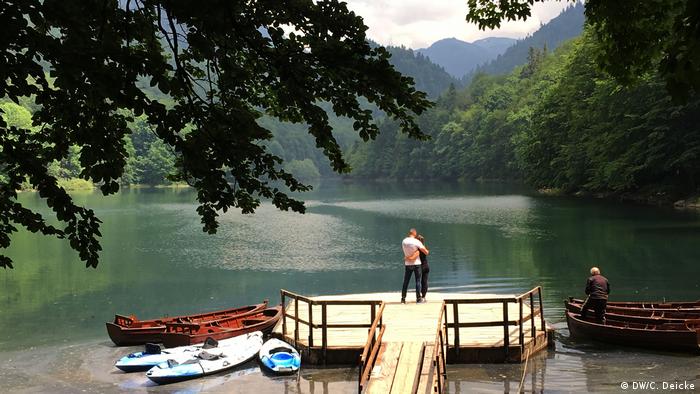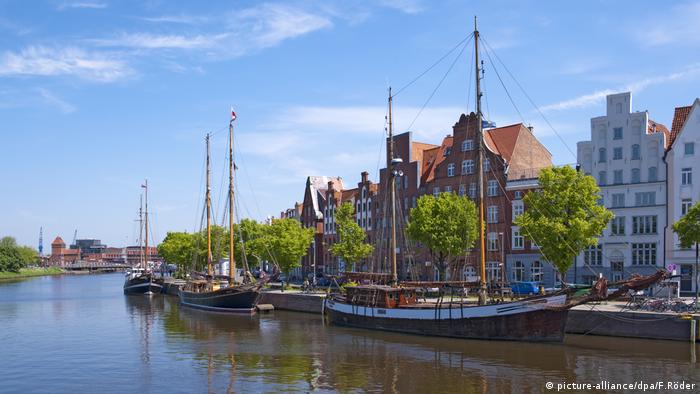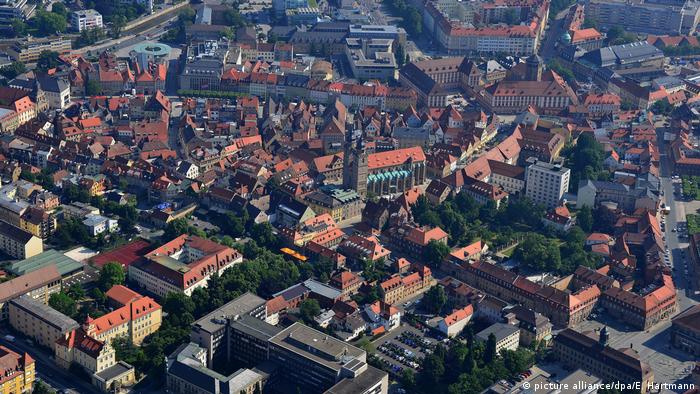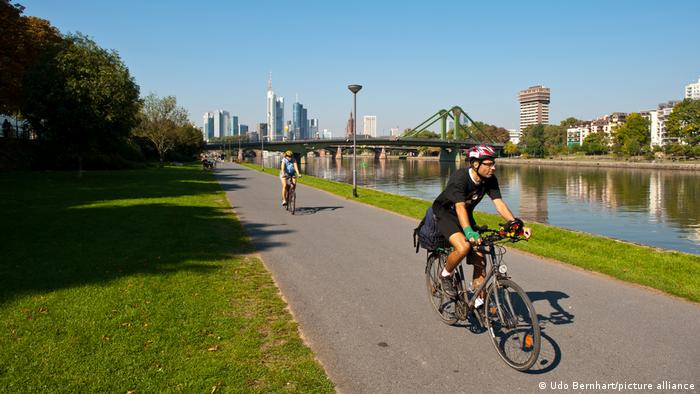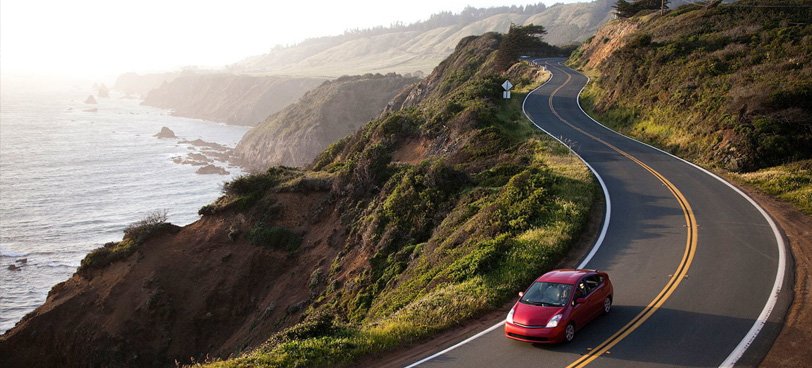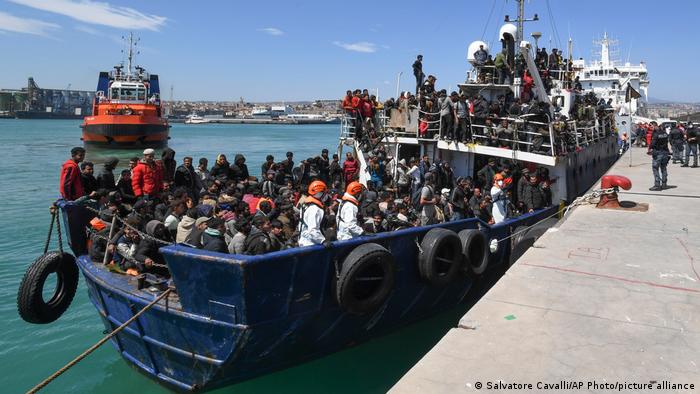The small country in the Balkans has it all: high mountains, deep gorges, clear lakes, and the beaches of the Adriatic Sea. There are also pretty old towns, delicious wine, and really good food.
The enormous variety in a small space
With an area of ​​around 14,000 square kilometers, Southeast European Montenegro is just as big as the German state of Schleswig-Holstein. It offers an enormous variety of landscapes in a small area. This is also why the number of tourists is increasing rapidly. So the best time to discover Montenegro before everyone else does is: now.
The Bay of Kotor
Most tourists are drawn to the Adriatic Sea in the south of the country. The main attraction here is the Bay of Kotor. It meanders around 30 kilometers into the country and once offered the residents protection from pirates and other conquerors. Today it is under UNESCO protection and is served by cruise ships. The steep mountains reach down to the shore - an impressive backdrop.
Churches and monasteries
From the baroque town of Perast in the bay, ferries leave for the artificial church island Maria vom Felsen. It was raised by throwing stones around a small rock into the sea. The Catholic Seafarers' Church has magnificently decorated on the inside and even today many a cruise captain leaves a gift here - so that the wind may always be in his favor.
The seaside resort of Budva
The city of Budva is called the "Ibiza of the Balkans". Behind the old town, an extensive party mile stretches along the beach. But Budva, one of the oldest cities on the Adriatic, also has quieter corners - like here in front of the city walls. The old town becomes a stage in the summer: at the annual theater festival, its streets and squares are used, and the performances are multilingual.
The luxury island of Sveti Stefan
If you have it, you can: check in at the 5-star hotel island Sveti Stefan. Celebrities and politicians, in particular, do this: Sylvester Stallone, Claudia Schiffer, and Willy Brandt have already stayed here. The entire island has been a hotel complex since the 1950s. The operator is the luxury hotel brand Aman Resorts. If you don't have the wherewithal, you can only look at it from afar. Also beautiful.
The Durmitor mountains to the north
Montenegro is small - which is handy for exploring. From the Adriatic Sea in the south, it is only about a three-hour drive to the north. Here lies the wild mountain landscape of the Durmitor Mountains: with deep spruce forests, fragrant mountain meadows, barren plateaus, and karst peaks over 2000 meters. The Durmitor massif is located in a national park and is a UNESCO World Heritage Site.
The Tara Gorge
The Tara River flows through the Durmitor National Park. It meanders through a deep gorge, which at a maximum of 1300 meters is the deepest in Europe. Worldwide, only the Grand Canyon in the USA is said to be deeper. The gorge is a popular photo motif. You can go rafting and rafting in the Tara River, and there are several zip lines stretched across the gorge.
Biogradska Gora National Park
No matter where you are in Montenegro: the nearest national park is not far. There are five in total. The Biogradska Gora National Park in the east is home to one of the last primeval forests in Europe. In the heart of the forest lies the glacial lake Biogradsko Jezero. Trees that are hundreds of years old stand on its banks. Adventure factor: A footbridge leads visitors in parts through wild swampy areas.
The Skadar Lake
Seen from above, Lake Skadar looks like a primeval landscape from the time of the dinosaurs. It is the largest lake in the Balkans and is located south of the Montenegrin capital Podgorica. Large sections are marshy and inaccessible - a paradise for birds, of which more than 270 species live here. Tourists enjoy exploring old fishing villages, hiking, cycling, and kayaking.
Good wine
Near Skadar Lake is also the largest wine-growing region in Montenegro. The climate here is both subcontinental and Mediterranean, making it ideal for viticulture. With summer temperatures up to 40 degrees, cool white wine is just the thing. Montenegro's wines are world-renowned, but most of them are drunk directly in the country. 
Delicious food
Montenegro's cuisine is as rich as the landscape and cultural influences in the country are diverse. Sheep and goat cheese comes from the mountains, and fish from the sea and lakes is eaten in every part of the country. Hearty meat and sausage dishes are served with fresh salads and some cakes and desserts are reminiscent of sweets from the Orient.

